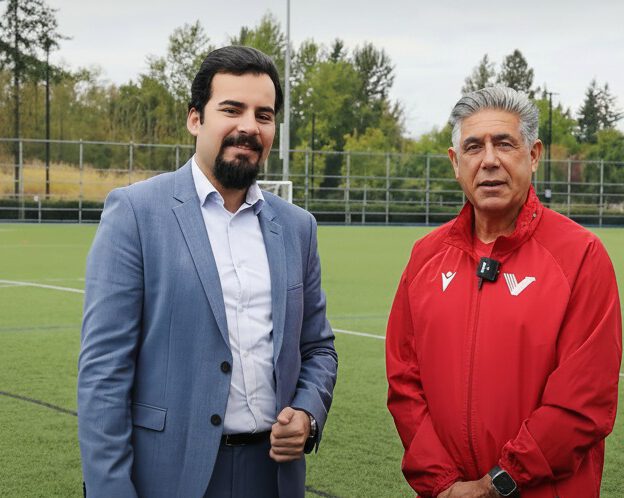January 23, 2021
The Football Architect
With a celebrated career spanning continents and marked by historic championships, Afshin Ghotbi is taking on one of his most ambitious projects yet: shaping the future of Canadian football as the inaugural Head Coach of Vancouver FC. In a league primed for explosive growth ahead of the 2026 FIFA World …


